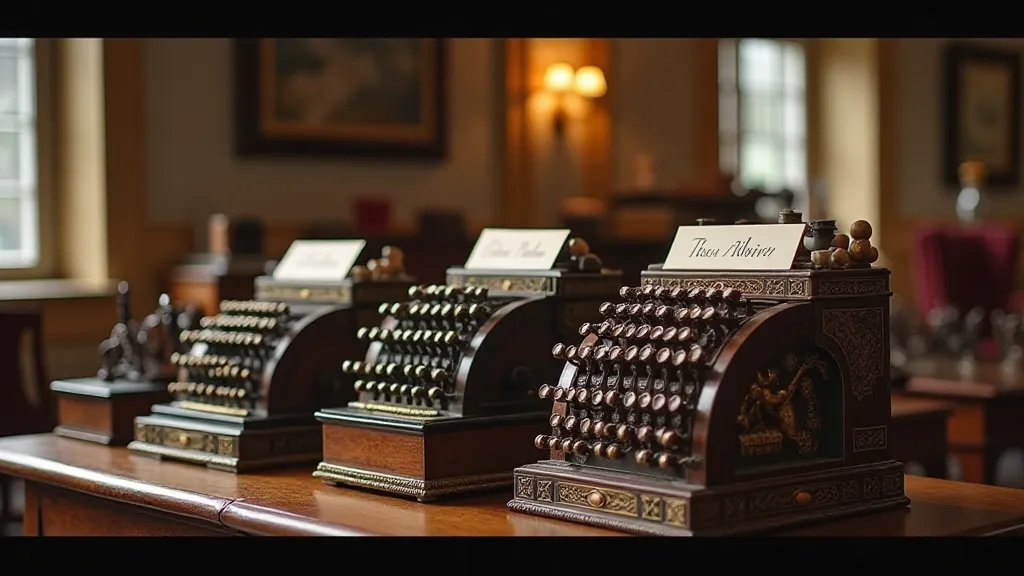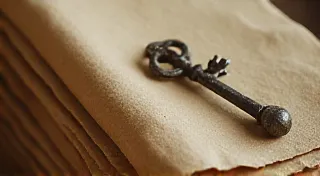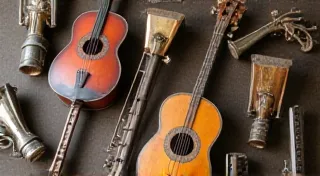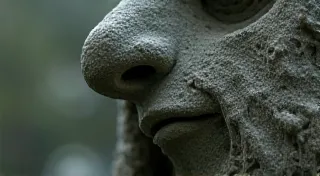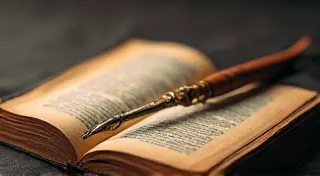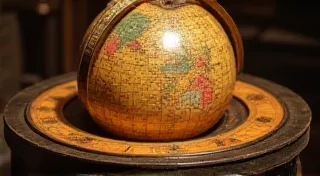Ephemeral Gears: Tracing the Ghosts of Lost Accountants
There’s a quiet reverence that settles upon you when you hold an antique adding machine. It's not merely the cool weight of brass and steel, nor the satisfying click of the mechanisms. It’s a feeling, a whisper of past lives, a resonance with the hands that cranked and tallied before us. These aren't just mechanical devices; they are artifacts of an era, tangible links to the generations of bookkeepers, clerks, and entrepreneurs who built the businesses we know today.
Consider the world these machines inhabited. Before the glow of computer screens, before spreadsheets and automated processes, the office was a place of rhythmic clicking, the murmur of calculations, and the focused intensity of individuals wrestling with numbers. The adding machine wasn't a tool; it was an extension of the mind, a partner in the delicate dance of finance. We romanticize the "good old days," and while progress is undeniable, something essential was lost – a direct, almost meditative engagement with the work itself.
I remember finding my first antique adding machine – a Brunsviga Type 2 – at a dusty estate sale. The seller, an elderly woman with kind eyes, simply shrugged and said, "It belonged to my grandfather. He was a ledger clerk at the bank." That simple statement, devoid of sentimentality, unlocked a flood of possibilities in my imagination. Who was this man? What were his hopes and anxieties? Did he take pride in his accuracy? Did he dream of a different life?
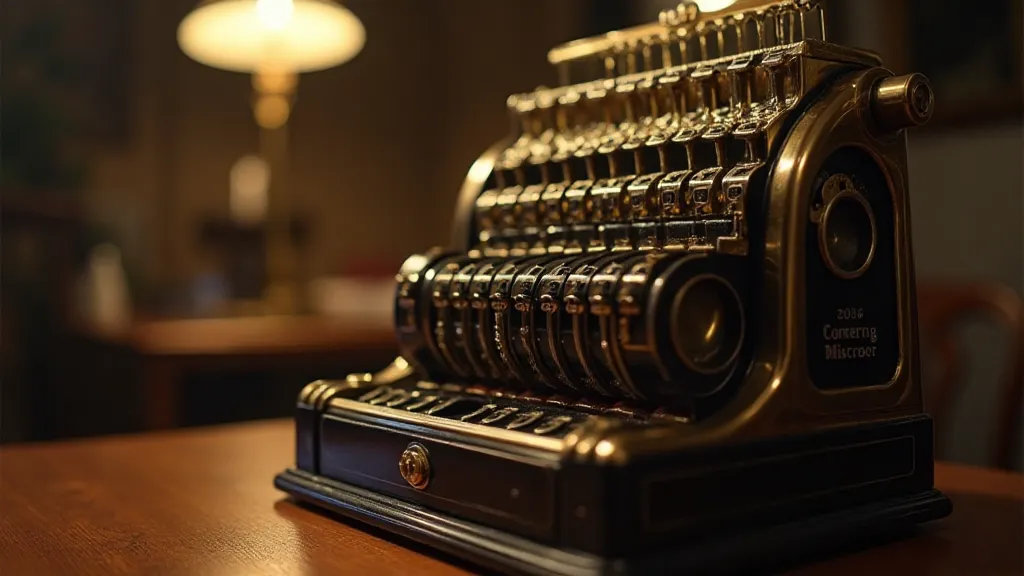
The Rise of the Mechanical Calculator
The story of adding machines is intertwined with the burgeoning industrial age. Early forms of mechanical calculation existed, of course – the abacus, Napier’s Bones – but the true breakthrough came with the development of the Leibniz calculator in the 17th century. However, these early models were complex and unreliable. It wasn't until the 19th century, with inventors like Charles Xavier Thomas and Willgodt Gerhard Odhner, that practical and commercially viable adding machines began to emerge. These first generations were cumbersome and expensive, primarily the domain of large businesses and government agencies.
The late 19th and early 20th centuries witnessed a flurry of innovation. Companies like Brunsviga, Marchant, and Friden battled for market share, each striving to improve speed, accuracy, and ease of use. The development of the fully rotary adding machine, with its elegant and intuitive dial system, marked a significant advance. These machines weren't just tools; they were statements of efficiency and modernity. A business investing in an adding machine signaled its commitment to progress and professionalism.
The sheer number of models produced is staggering. Each manufacturer had its quirks, its subtle design differences. Collectors now pore over catalogs and technical manuals, meticulously cataloging variations in font sizes, lever colors, and escapement mechanisms. It’s a deeply historical pursuit – piecing together the story of an industry and the people who shaped it.
More Than Just Gears and Levers
What's truly remarkable about these machines is the level of craftsmanship involved. They weren't stamped out by machines themselves. Skilled artisans – often working with limited tools – meticulously crafted each gear, lever, and dial. They took pride in their work, knowing that their creations would be relied upon for crucial calculations. The precision required is humbling to consider. A tiny imperfection could render the entire machine useless.
Restoring an antique adding machine isn’t just about cleaning and lubricating. It's about understanding the original manufacturing processes, the challenges faced by the workers, and the values that guided their efforts. It's about honoring their legacy. Often, you’re piecing together a machine that’s been disassembled and scattered across decades of neglect. Finding the correct replacement parts can be an archaeological adventure in itself.
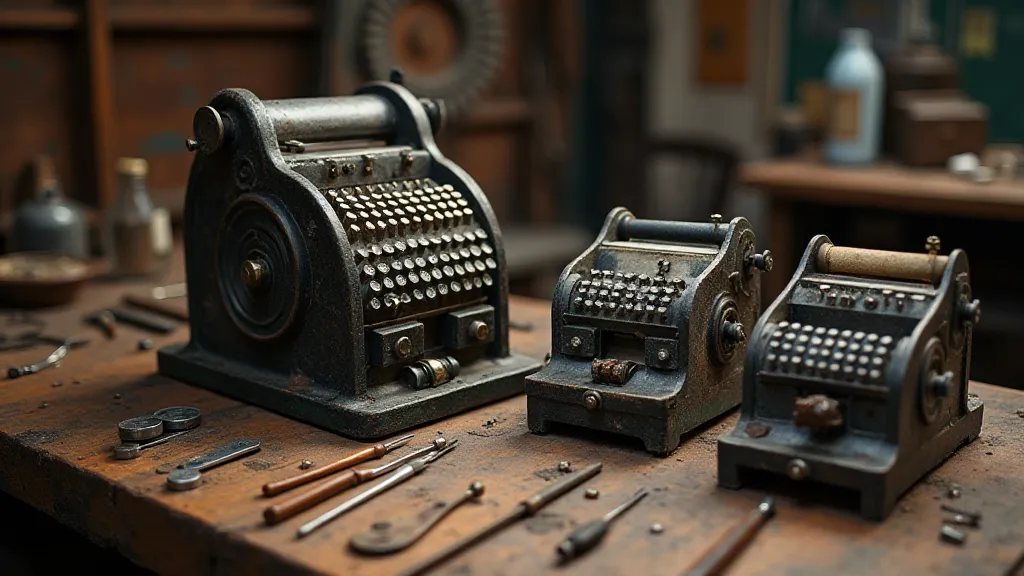
The Human Element
Think about the daily routine of a clerk using one of these machines. The repetitive motion of the crank, the quiet click of the gears, the intense focus on the numbers – it fostered a unique kind of concentration. There's a certain satisfaction in knowing that you're performing a complex task, not through magic or automation, but through careful manipulation of physical objects. The human element was integral to the process.
These machines also represent a significant shift in the nature of office work. Before, bookkeeping was often a solitary task, performed by a few trusted individuals. The addition of mechanical adding machines enabled the creation of larger accounting departments, and a wider range of individuals could be involved in the financial management of a business. This also marked the beginning of the professionalization of accounting as a field.
Preserving the Legacy
Collecting antique adding machines isn't just about acquiring beautiful objects; it's about preserving a vital piece of history. These machines are tangible reminders of a time when human ingenuity and mechanical innovation intertwined to shape the modern world. They tell a story of craftsmanship, dedication, and the enduring power of numbers.
The future of these machines depends on the passion and dedication of collectors, restorers, and enthusiasts. By sharing our knowledge and appreciation, we can ensure that the ghosts of those lost accountants continue to resonate for generations to come. Each click and whir echoes with the stories of countless individuals who toiled with these magnificent devices, and it’s our responsibility to listen.
